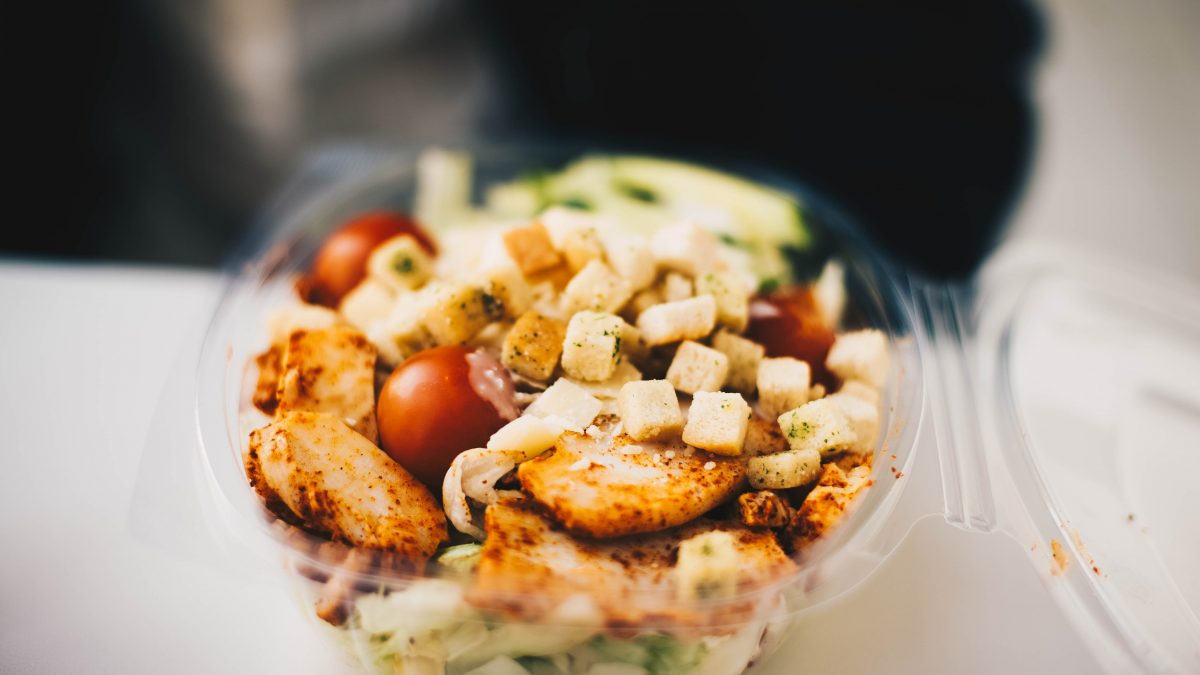Does using the microwave remove nutrients from food?
Does using the microwave remove nutrients from food?

Before we begin to explain the advantages and disadvantages of using the microwave, we would like to tell you a story.
In 1945, a young man named Percy LeBaron Spencer was working in technology to make radars to help detect aircraft during the war, until one day when passing near a magnetron he realized that the chocolate in his pocket had melted by the microwaves emitted by the magnetron. It is even said that after that he decided to try what happened to the popcorn corn when he was near this device and what do you think? The entire lab was filled with popcorn!
In this way, the microwave was born, which has been our best ally when we are in a hurry, since when heating the food, the short waves of energy emitted by this appliance cause the molecules to vibrate and generate heat that spreads to the other molecules until heat all food.
Normally people think that heating food in the microwave is something that can affect food safety but then why do they use it? The use of the microwave offers advantages such as: shorter start-up time, shorter warm-up time and space saving (they are usually very compact).
Another thing that many of us have heard is that when food is heated in the microwave, the taste is different from that of conventional methods and this is due to the fact that due to the short duration of the products in the microwave, the ingredients cannot react between them. On the contrary, in traditional cooking the flavors of the various ingredients manage to mix.
In addition, according to various investigations, when water is used before or during the food cooking process, the loss of heat-sensitive and water-soluble substances such as vitamins is facilitated. In contrast, the short exposure time of food and the absence of water in the microwave heating medium helps to preserve the nutritional content of the food.
In summary, fast cooking methods (short time and high temperature), such as microwaving, baking, and in which food is not immersed in water, produce less nutrient losses than methods that have a longer duration, high temperatures and in which the cooking water is not used (sometimes the nutrients remain there).
References:
Basulto, J., Baladia, E., Manera, M., Miserachs, M., Babio, N., Mielgo, J., … & Blanco, E. (2012). Nutrient losses through domestic handling of fruits and vegetables. Taken from the Review, Study and Positioning Group of the Spanish Association of Dietitians-Nutritionists: http: // www. grep-aedn. en / documents / FyH. pdf.
Sumnu, G. (2001). A review on microwave baking of foods. International journal of food science & technology, 36 (2), 117-127.
As a result, the medical information provided in the site which you are going to visit may not be appropriate for product use in your country.
